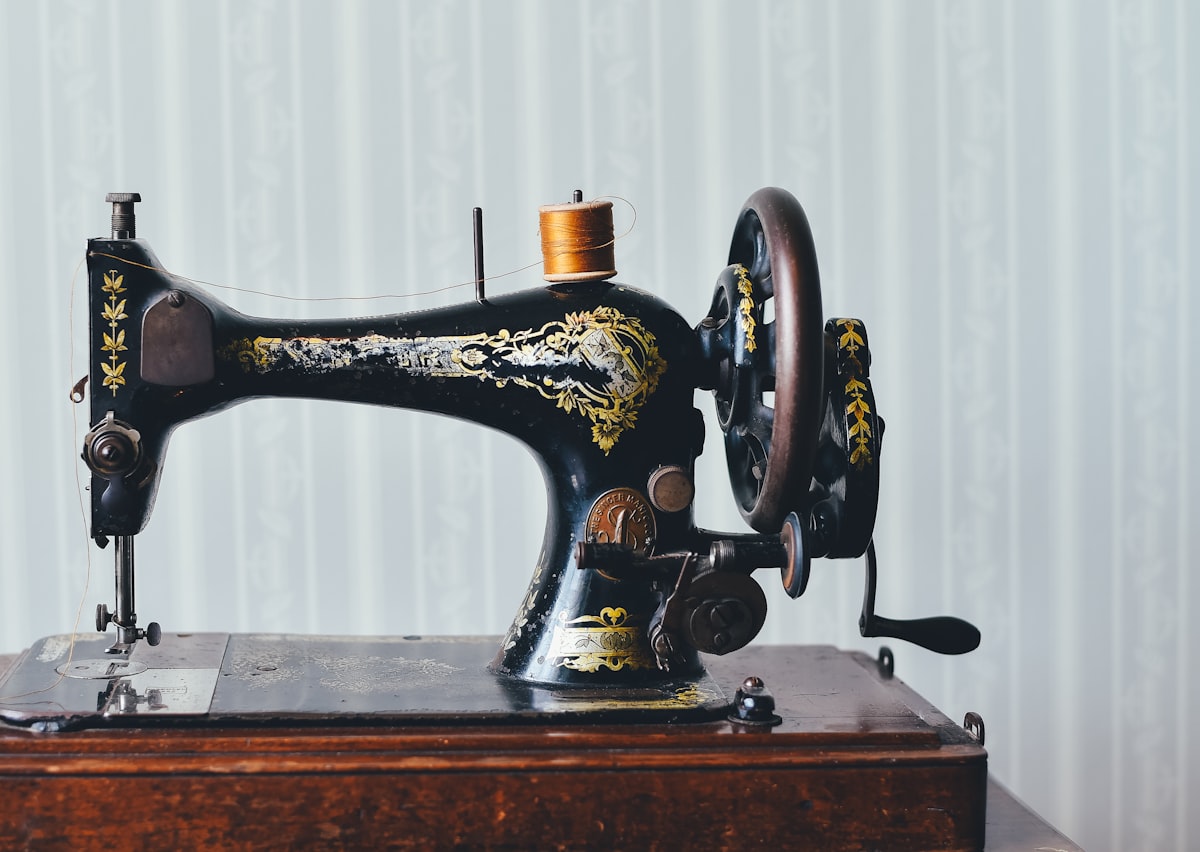Singer sewing machines and the history of darning in Mexico
Singer sewing machines darned a part of the history that identifies Mexican society in the late nineteenth and early twentieth centuries. Here's how.

Singer sewing machines, capable of making a cross, zigzag, and even invisible darns, not only spun fabrics and leathers but also, indirectly and without their manufacturers intending to do so, darned part of the history that identifies Mexican society in the late nineteenth and early twentieth centuries.
The Industrial Revolution that took place in the second half of the 18th century and the beginning of the 19th century in Europe had an impact on the rest of the nations of the world over the years. Mexico was no exception and technological development forced the country to modernize at macro and microeconomic levels.
Large companies emerged, and machines and manufacturing replaced manual labor. This transition reached all corners of society, including homes, where sewing machines played a decisive role in the lifestyles of those times.
This machinery, destined for the homemade confection of garments, was mainly related to women, since it represented, in addition to a consumer good longed and desired by families, a source of informal income, translated into cutting and sewing businesses, some of them very successful later on.
Its creator Isaac Singer, in addition to manufacturing the first machine in 1851 and after innumerable problems with the use of the patent, also developed marketing strategies focused on women who could acquire a device in payments and without the authorization of their husbands.
Despite Mexico's technological backwardness, estimated at 100 years compared to nations such as England or France, the Singer sewing machine had no problem reaching American homes and even establishing production plants in national territory, which allowed higher manufacturing rates and, consequently, higher consumption.
This translated into greater access to such machinery, which helped to build the symbolism that identifies them as the possibility of maintaining economic and labor stability in homes. Even at the moment of asking for a woman's hand in marriage, it was well regarded that a sewing machine was given to the future family.
It was important to have it at home since "hard times" could arise at any time and the sewing machine became the solution to all the problems that could arise in addition to covering the needs of clothing and the family nucleus.
The penetration of these devices did not distinguish social classes since it was present in the homes of wealthy families as well as in the popular classes, even, in the first ones, it was well seen that some member of the family was dedicated to the profession of a tailor.
However, all this homemade technological development, a product of transitions and advances, gradually fell victim to the same over the years. Until the nineties, the sewing machine existed in Mexican homes, but with the boom of new technologies, its disappearance was certain.
The invention of new electric sewing machines with novel functions and greater resources to manage time and improve the quality of the garments replaced the old devices that little by little became simple household ornaments and collector's items for some lovers of the antique.
This process of disappearance has been constant and accelerated in big cities. However, in provincial homes, it is still possible to discover and hear the characteristic noise of a mechanical sewing machine when making a garment. Undoubtedly, to talk about Singer sewing machines is to remember the grandmothers who darned part of Mexican history.




